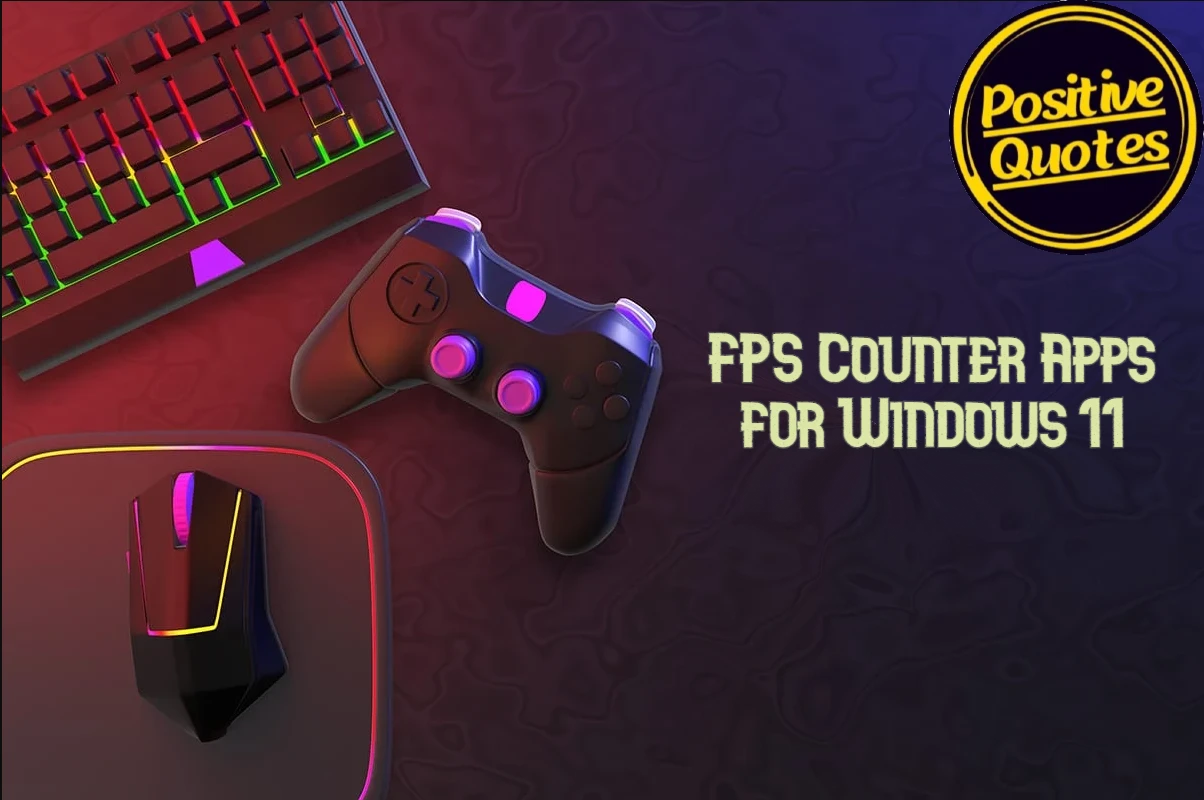Ever dived into an intense gunfight, only to be met with choppy visuals and sluggish gameplay? Ugh, it’s the worst. But fear not, fellow gamer, for the savior of smooth gaming is here: the mighty FPS counter!
Why Choose an FPS Counter?
Think of your FPS (frames per second) as the heartbeat of your game. The higher it is, the smoother and more responsive it feels. A FPS tester online is like a trusty pulse monitor, constantly monitoring your game’s performance. With this knowledge, you can:
Diagnose lag: Stuttering visuals? Dips in frame rate? The FPS counter pinpoints the culprit, letting you know if it’s your PC or the game itself.
Optimize settings: Tweak graphics options to find the sweet spot between stunning visuals and buttery-smooth gameplay. No more sacrificing frames for eye candy!
Brag (a little): Hitting a consistent 144 FPS? Flaunt that silky-smooth gameplay to your friends (we won’t judge).
Types of FPS Counters
There are two main types of FPS counters for Windows 11:
Built-in: Windows 11’s Game Bar comes with a handy FPS counter, accessible with a simple press of Win + G. It’s lightweight and unobtrusive, perfect for casual gamers.
Third-party: These apps offer more features, like detailed performance graphs, hardware temperature monitoring, and even custom overlays. Popular options include FRAPS, MSI Afterburner, and Razer Cortex.
Benefits of Using an FPS Counter
Beyond the immediate perks, using an FPS counter can have long-term benefits for your gaming experience:
Improved decision-making: Knowing your FPS can help you adapt your play style in real-time. Choppy gameplay? Stick to cover and play tactically. Smooth frames? Go agro and dominate the battlefield!
Informed hardware upgrades: Planning a PC upgrade? An FPS counter helps you identify bottlenecks and target the right components for maximum performance boost.
Bragging rights (again): Seriously, a steady 200 FPS is something to be proud of. Flaunt it!
Steps to Activate Your FPS Counter
Built-in
Press Win + G to open the Game Bar.
Click the “Performance” widget.
Toggle on “FPS.”
Third-party
Download and install your chosen app.
Follow the app’s instructions to enable the FPS counter overlay.
Customize the counter’s position, size, and appearance (optional).
Bonus Tip: For a quick online FPS tester, check out websites like:
https://fpstest.org/
https://www.userbenchmark.com/
https://www.pcworld.com/article/469451/how_to_benchmark_your_browser_for_html_5.html
These tools let you run short benchmarks and see your average FPS for various web-based games. Handy for a quick performance check without installing anything!
Conclusion
Mastering FPS counters is a game-changer. It unlocks a deeper understanding of your PC’s performance, empowers you to optimize your settings, and even lets you brag a little (okay, maybe a lot). So, ditch the laggy frustration and embrace the smooth, responsive world of monitored frames. Your gaming experience will thank you!
FAQs
What’s a good FPS for gaming?
It depends on the game and your preferences. Generally, 60 FPS is considered good, while 144 FPS or higher is ideal for competitive games.
Does an FPS counter hurt my PC’s performance?
Built-in counters have minimal impact. Third-party apps with extensive monitoring features might use slightly more resources.
Can I use an FPS counter with all games?
Most games work fine. Some older games or specific titles might have compatibility issues.
Remember, the key is to find an FPS counter that suits your needs and preferences. Experiment, tweak, and conquer the lag! Now go forth, champion and game on!
